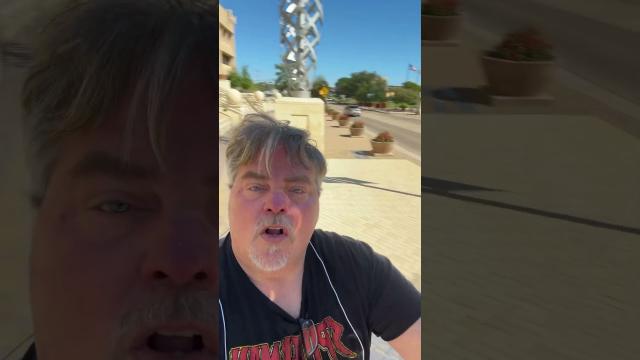Outer Space & Universe
Outer Space & Universe
Space, also known as outer space, is the near-vacuum between celestial bodies. It is where everything (all of the planets, stars, galaxies and other objects) is found.
On Earth, space begins at the Kármán line (100 km above sea level). This is where Earth's atmosphere is said to stop and outer space begins. This is not a firm boundary but is a convention used by scientists and diplomats.
Items in space are free to move back and forth; up and down; and left and right. These three dimensions are what make 3D space. Items also move forward through time, which is sometimes called the fourth dimension.
The majority of space contains very little matter and so most of it is a vacuum. Scientists do not know how big space is but we do know that space is extremely big, and is always expanding.
According to the big bang theory, all matter and energy in the Universe was compressed into a very small space. Then it exploded and started expanding. Space is still growing in size today; this means the distance from one galaxy to distant galaxies is getting longer.
Gravity is the force that keeps the Moon in orbit around the Earth and the planets in orbit around the Sun. Gravity can stretch and bend space similar to how a heavy ball placed on a stretched sheet of rubber will cause the rubber to stretch. The scientist who discovered that space can bend is named Albert Einstein. How gravity bends space is part of his theory of general relativity.
Astronauts, Cosmonauts, Taikonauts and Spationauts
An astronaut is any person who is trained by NASA to travel and perform tasks in space. Although the space traveler may not necessarily be a United States citizen, each astronaut does go through a rigorous training regiment by the National Aeronautics and Space Administration. Other space travelers go by other names then astronaut depending on their country of origin.
In the United States, astronaut is derived from the Greek words ástron (star) and nautis (sailor). While, in Russia, a space traveler goes by the name космонавт (English: cosmonaut), which is derived from the Greek words kosmos (universe) and nautis (sailor). Westerners call a space traveler from China a taikonaut, based on the 1998 writings of Chiew Lee Yik and Chen Lan where the term tàikōng (great emptiness), Chinese for “space”. In China, the term yuháng yuán (universe navigator) is used for space traveler.
Only the United States of America (United States), Russia (earlier, the Union of Soviet Socialist Republics), and the People’s Republic of China (China) have sent manned spacecraft into space. Other countries have assisted these countries by sending their own space travelers on space missions. For instance, a French space traveler is called a spationaut (from the French word spationaute), which is derived from the Latin spatium (space) and Greek nautis (sailor). (plural in Greek nautes = sailors)
-
02:51
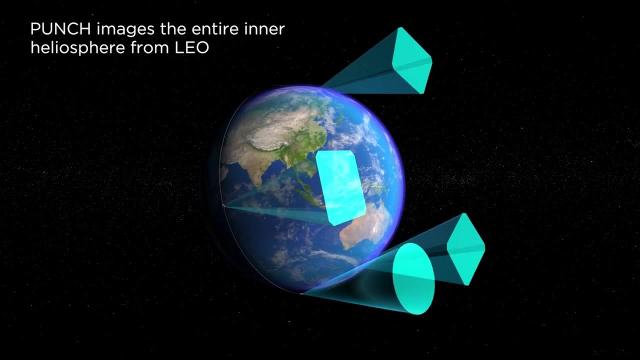
How NASA's PUNCH Constellation Will Watch the Sun - Animation
Added 403 Views / 0 LikesNASA Polarimeter to Unify the Corona and Heliosphere” (PUNCH) mission is a constellation of microsatellites that will study the Sun's atmsosphere.Credit: SwRI
-
04:00
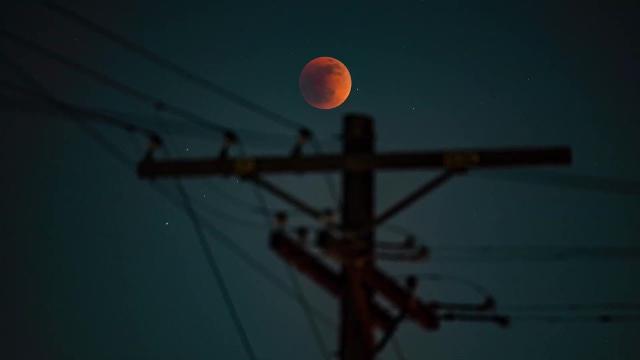
Planets, lunar eclipse and the moon in March 2025 skywatching
Added 40 Views / 0 LikesFind out where Venus, Mars, Jupiter and Mercury will be this month. A total lunar eclipse will be visible in parts of the Americas on March 14. Also, learn about the new moon and more. Night sky: What you can see this month - https://www.space.com/16149-n
-
01:14
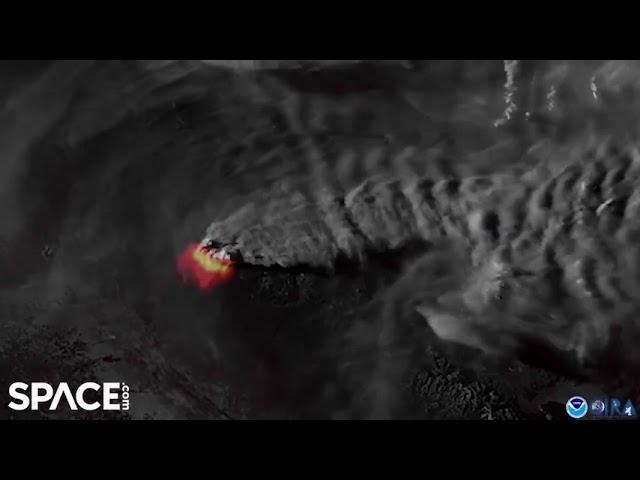
Caldor wildfire in California seen from space
Added 236 Views / 0 LikesNOAA's GOES-17 satellite captured footage of the Caldor Fire east of Sacramento, California on Aug. 17, 2021. Siberian wildfires double greenhouse gas emission record: https://www.space.com/siberia-wildfires-greenhouse-gas-emissions-satellite-imagesCredit
-
09:48
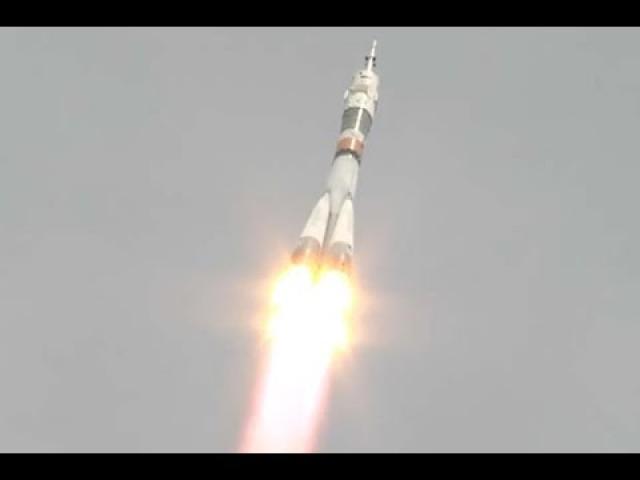
Blastoff! Two New Crew Members Launch To Space Station | Video
Added 732 Views / 0 LikesBlastoff! Two New Crew Members Launch To Space Station | Video
-
02:48
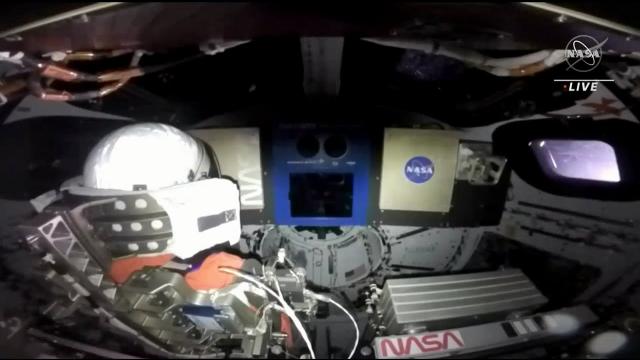
Peek inside Artemis 1's Orion spacecraft on trip to moooonkin' mannequin in view!
Added 234 Views / 0 LikesSee inside the Orion capsule during its journey to the moon on Nov. 16, 2022. In the view you can see "Commander Moonikin Campos," a NASA mannequin in an orange spacesuit. Credit: NASA
-
03:57
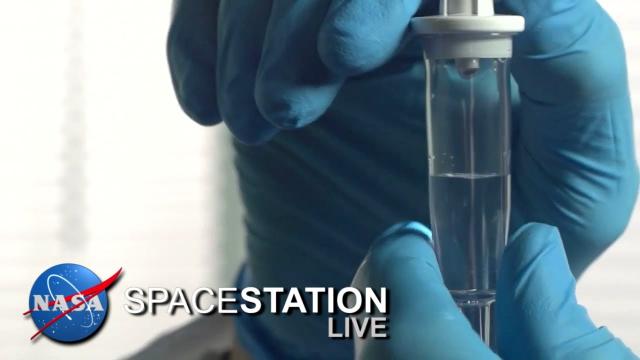
Space Station Live: Drug Development in Space
Added 664 Views / 0 LikesSpace Station Live: Drug Development in Space
-
03:07
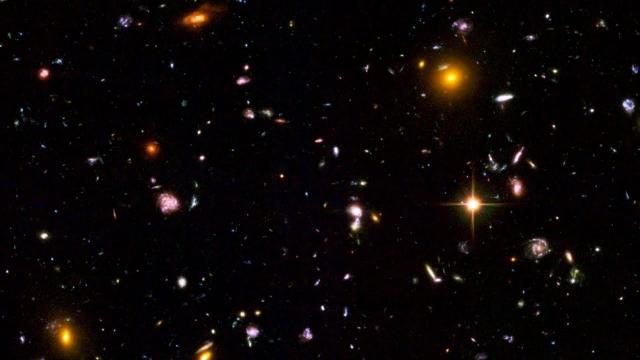
See a simulated Roman Space Telescope ultra-deep field image
Added 272 Views / 0 LikesNASA’s Roman Space Telescope images will cover 200X more sky than the Hubble Space Telescope. Astrophysicists have created a simulated ultra-deep field image to show its potential. Credit: NASA's Goddard Space Flight CenterScott Wiessinger (KBRwyle): Prod
-
00:30
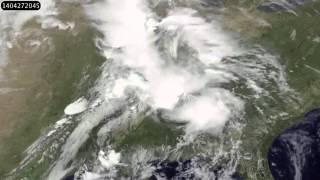
7 State Tornado System Captured By Satellite | Time-Lapse Video
Added 772 Views / 0 LikesTornado touchdowns were reported in Nebraska, Kansas, Iowa, Oklahoma, Arkansas, Louisiana, and Mississippi on April 27-28, 2014. NOAA's GOES-East satellite captured this video of the region. -- Aeriel Drone Surveys Damage: http://goo.gl/eKZW8W
-
01:08

BepiColombo spacecraft sees Earth from over 1 million kilometers away
Added 430 Views / 0 LikesThe first image in this sequence was captured on April 13, 1.3 million km away (807,782 mi.), and the last image was taken on May 5, about 8 million km away (4,970,969 mi.). BepiColombo was launched on a 7-year journey to Mercury in October 2018. - What a
-
03:23
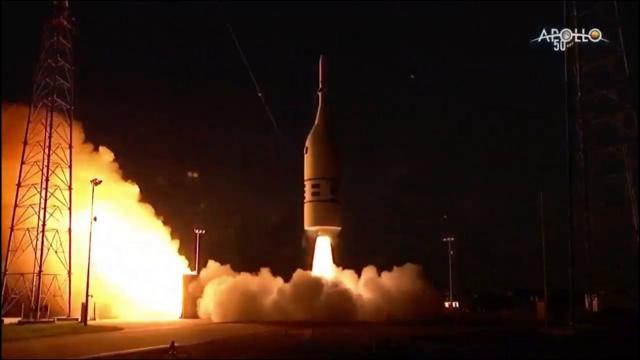
Watch NASA’s Orion Capsule Tumble In Successful Abort Test
Added 465 Views / 0 LikesA Minotaur IV AA-2 rocket launched the Orion Capsule on a quick ascent abort simulation flight (Abort Test-2) on July 2, 2019. - Orion Aces Abort Test: https://www.space.com/nasa-orion-capsule-abort-test-flight.htmlCredit: NASA
-
09:27
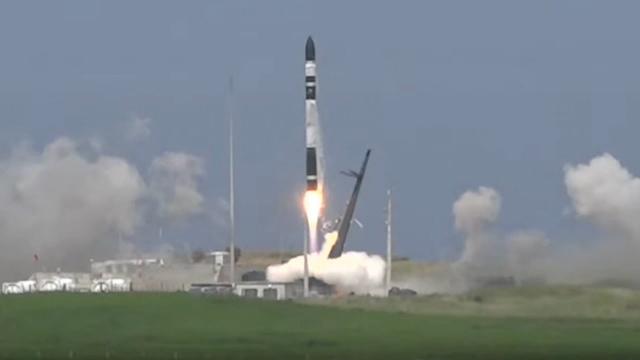
Blastoff! Rocket Lab launches high-resolution Earth-imaging satellite
Added 34 Views / 0 LikesAn Electron rocket launched the first "Gen-3" satellite for the geospatial intelligence company Blacksky from Rocket Lab's New Zealand site on Feb. 18, 2025 at 6:17 p.m. EST (2317 GMT; 12:17 p.m. on Feb. 19 local New Zealand time). Full Story: https://www
-
12:42

Eat Like an Astronaut
Added 277 Views / 0 LikesAstronauts on the International Space Station get food that’s carefully chosen for its nutritional value and specially prepared and packaged to be easily accessible to them in a weightless world on orbit. Could the same food feed the needs of people stuck
-
01:01
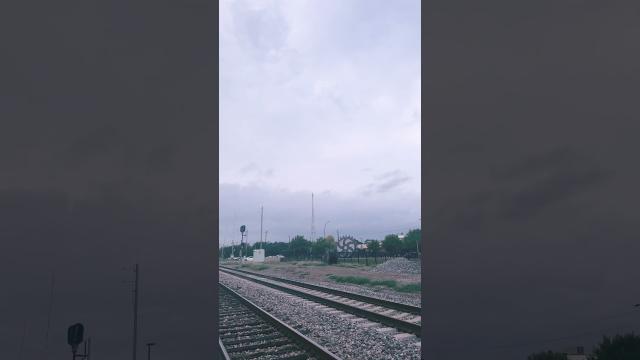
Alert! DFW TEXAS. 2-5 inches of rain possible over next few hours! Drive safe & stay cool.
Added 144 Views / 0 Likes -
02:38

Space to Ground: Neuromapping: 03/16/2018
Added 723 Views / 0 LikesNASA's Space to Ground is your weekly update on what's happening aboard the International Space Station. Got a question or comment? Use #spacetoground to talk to us.________________________________________FOLLOW THE SPACE STATION!Twitter: https://twitter.
-
01:06
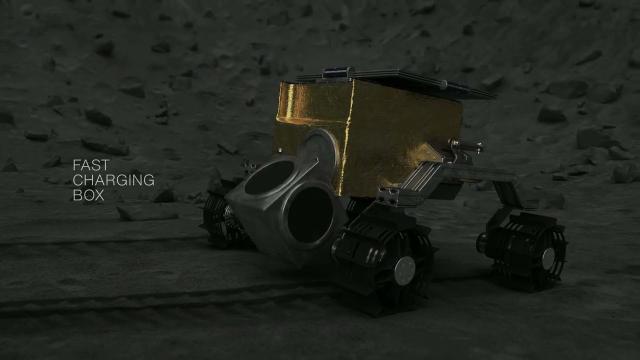
Rover to deliver wireless charging on the moon! See an animation
Added 152 Views / 0 LikesStells Space Corp's Mobile Power Rover (MPR-1) is designed to provide a wireless powering station for "robots, rovers, landers" and possibly human mission to the moon's south pole region. Credit: Stells Space Corp
-
05:05

The UN Climate Change Funding piles up. Or does it?
Added 706 Views / 0 LikesThe UN Climate Change Funding piles up. Or does it?
-
01:26
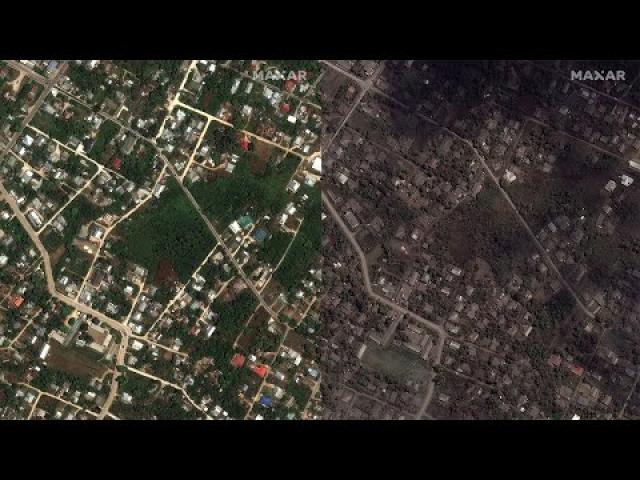
Tonga volcano eruption devastation! See before & after satellite pics
Added 226 Views / 0 LikesThe Hunga Tonga-Hunga Ha'apai volcano erupted on Jan. 15, 2022 triggering a tsunami and creating a massive ash cloud. The devastation to the volcanic island and nearby Kingdom of Tonga can been seen in satellite footage from MAXAR. -- Huge Tonga underwate
-
05:56
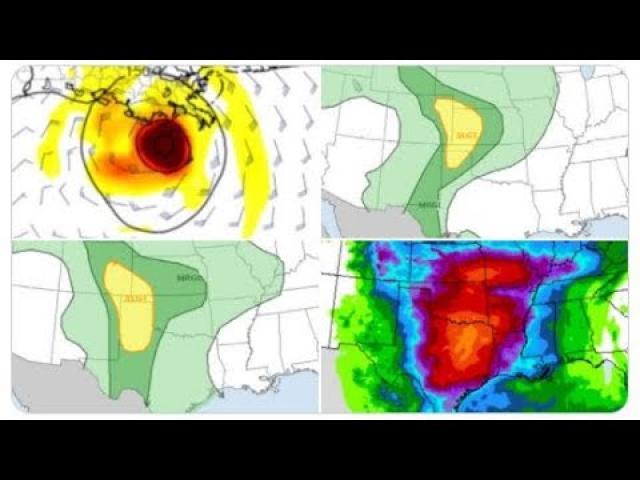
Tropical Storm to hit Louisiana in a week? Severe Weather tonight & tomorrow! Floody Florida 7day+!
Added 298 Views / 0 LikesHave a great weekend!T LEWISON5430 BIRDWOOD RD. #416HOUSTON TEXAS 77096https://www.paypal.me/THORnewshttps://www.patreon.com/thornews
-
01:04
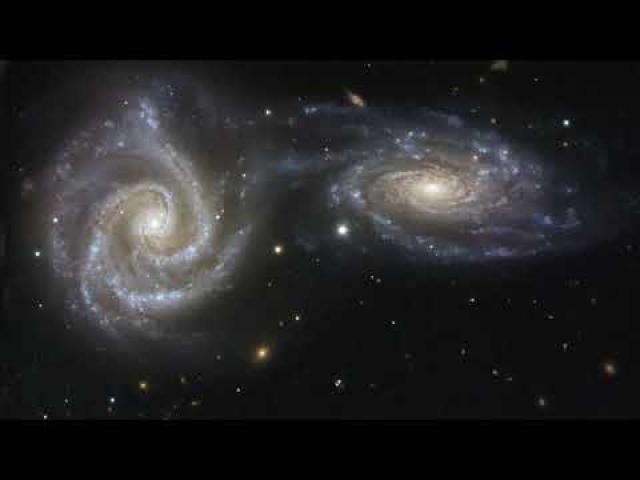
Interacting galaxies in midst of a 'cosmic ballet'
Added 426 Views / 0 LikesThe Arp 271 galaxy pair (NGC 5426 and NGC 5427) are 130,000 light-years across and 90 million light-years away from Earth. "Some astronomers believe that these galaxies are in the process of merging to form a single entity," according to the European Sout

